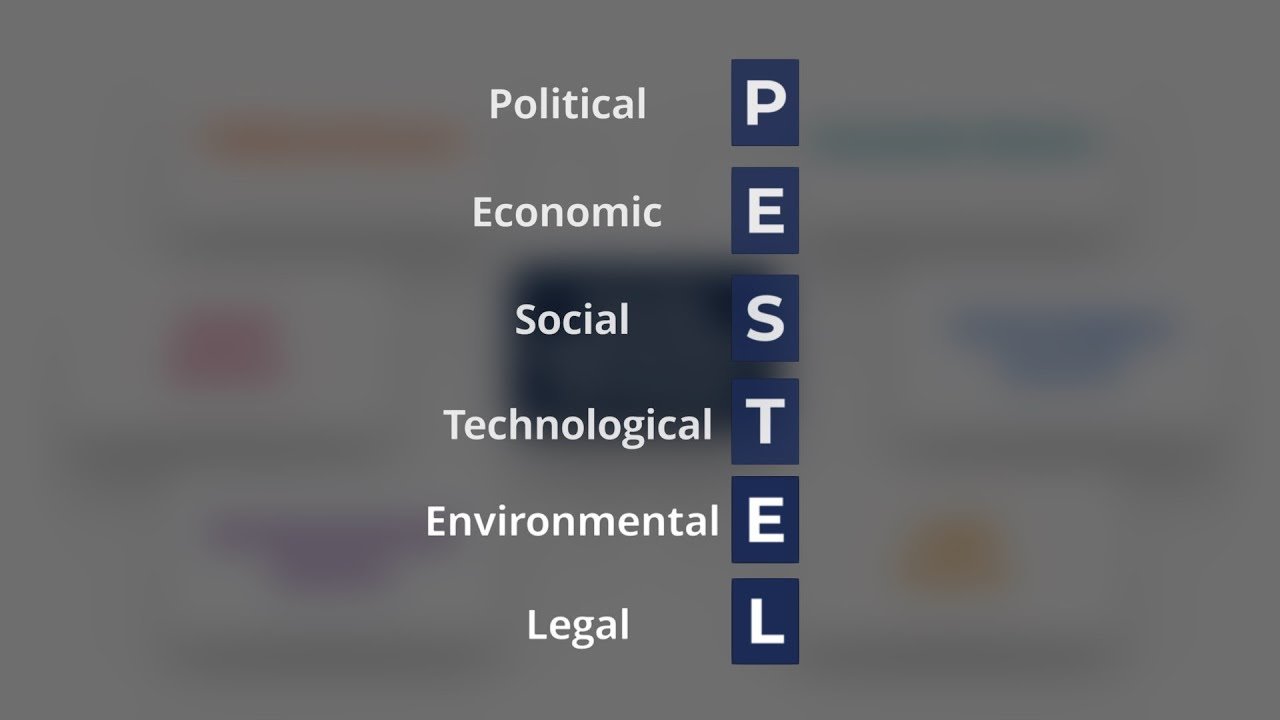Technology factors in PESTLE analysis examine how technological advancements shape business environments and impact strategic planning. They consider innovation rates, automation, and tech-related infrastructure.
A PESTLE analysis plays a crucial role in understanding the business landscape, and technology factors stand as a fundamental component of this framework. They assess the influence of evolving technologies on the market and dictate how organizations adapt to stay competitive.
The rapid influx of new technologies can spur market growth, alter communication channels, and revolutionize operational processes. Companies must therefore stay abreast of technological trends, including developments in artificial intelligence, data analytics, and cybersecurity, which can create both opportunities and threats. An astute grasp of technological factors enables businesses to forecast shifts in their industry, adjust their strategies effectively, and harness emerging innovations to gain an edge. By monitoring technological progress, they can anticipate customer needs, streamline internal workflow, and meet regulatory requirements—all essential for sustained success.
Overview Of Pestle Analysis
Pestle Analysis is an important tool for understanding market dynamics. This framework examines six critical factors. It helps businesses adapt to a changing environment.
Political Factors
Political elements can greatly impact a business. They include:
- Government policies
- Political stability
- Tax laws
- Trade restrictions
Economic Factors
Economic factors relate to economic conditions. Examples are:
- Inflation rates
- Economic growth
- Interest rates
- Exchange rates
Social Factors
Social trends influence consumer needs. They include:
- Population growth
- Age distribution
- Cultural trends
- Health consciousness
Technological Factors
Technology shapes products and processes. Key points are:
- R&D activity
- Automation
- Technological changes
- Rate of technological innovation
Legal Factors
Legal factors demand compliance. They cover areas such as:
- Employment laws
- Consumer laws
- Safety standards
- Accessibility regulations
Environmental Factors
Environmental concerns are now essential. They impact:
- Climate change
- Waste disposal
- Sustainable development
- Energy consumption
Technology Factors
Technology factors play a pivotal role in the PESTLE analysis framework. They describe how advances in technology can shape industries and economies. Recognizing these factors is vital for companies to stay competitive and innovative.
Current Technological Landscape
The current technological landscape is diverse and evolving rapidly. Developments in areas like artificial intelligence, cloud computing, and the Internet of Things (IoT) transform how businesses operate. Let’s explore the main technological trends:
- Artificial Intelligence (AI) and Machine Learning (ML): These are driving smarter data analysis.
- Cloud Computing: It allows businesses to scale rapidly.
- 5G Technology: This is enhancing connectivity and communication.
- Blockchain: Known for secure transactions and data integrity.
Impact On Industries
Technology transforms various industries in unique ways. The impact is visible across sectors:
| Industry | Technology Impact |
|---|---|
| Healthcare | Telemedicine and personalized treatment plans are emerging. |
| Retail | E-commerce platforms and digital payments are becoming the norm. |
| Manufacturing | Automation and robotics are streamlining production processes. |
| Finance | Fintech innovations are disrupting traditional banking. |
Innovation And Disruption
Innovation drives progress while disruption redefines the future. Key points include:
- Startups: They often introduce disruptive technologies.
- Legacy Companies: Must innovate or risk being outdated.
- Consumer Behavior: Changes with new tech, shaping markets.
Challenges And Opportunities
Analyzing the technology landscape can be a double-edged sword when we look at PESTLE perspectives. Firms encounter both hurdles and openings as they navigate through the evolving tech realm. Understanding these factors is vital for strategic planning. Let’s dissect the intricacies of technology challenges and prospects.
Challenges In Adopting New Technology
Keeping pace with rapid tech changes can be daunting for any business. It’s costly and resource-intensive. Small and medium businesses often struggle to match larger entities in the tech race. The adoption of state-of-the-art technology can disrupt existing processes, necessitating comprehensive training for staff.
Security concerns also compound the challenge. Innovations bring not only opportunities but also potential threats. Data breaches and cyber-attacks can jeopardize customer trust. This calls for robust cybersecurity measures which require further investment.
- High initial costs
- Required tech-savviness in workforce
- Constant updates and maintenance
- Integration with existing systems
Opportunities For Growth And Development
Embracing new technologies opens a plethora of doors for businesses. Companies can tap into uncharted markets, create innovative products, and streamline operations. The use of Big Data and AI can lead to better decision-making. Efficient technologies can pave the way for cost savings in the long run.
Remote work technology has broken geographic barriers, allowing access to global talent. This ensures businesses are not limited by location. Digital platforms can enhance customer engagement, leading to stronger relationships. The adoption of green technologies helps in building a sustainable brand image.
| Direction | Examples |
|---|---|
| Efficiency | Cloud computing, Automation |
| Innovation | AI, IoT |
| Sustainability | Clean energy tech |
Frequently Asked Questions Of Technology Factors In Pestle Analysis
What Is Pestle Analysis In Technology?
PESTLE analysis in technology examines how various technological factors influence businesses. This includes changes in technology, automation, research and development, and the rate of technological innovation.
How Does Technology Impact Pestle Analysis?
Technology impacts PESTLE analysis by driving innovation and productivity. It changes how companies operate and compete, influencing economic, social, and political relations within markets.
What Are Key Tech Factors In Pestle?
Key tech factors in PESTLE include technological advancements, automation, cybersecurity, digital infrastructure, and research and development intensity. These elements shape business strategies and industry landscapes.
Why Consider Tech In Business Analysis?
Considering technology in business analysis helps identify opportunities and threats from the digital landscape. It ensures strategic alignment with tech trends, enhancing competitiveness and innovation.
Conclusion
Understanding technology factors in PESTLE analysis empowers businesses to stay ahead. It’s key to navigating the digital landscape. This insight helps firms innovate and grow sustainably. Embracing tech trends is crucial for competitive advantage. Remember, strategic planning with PESTLE leads to success.
Keep analyzing, keep advancing!





Leave a Reply